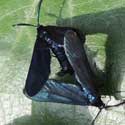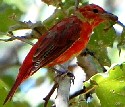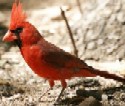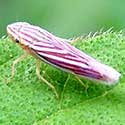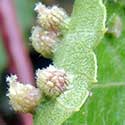Canyon Grape
Vitis arizonica
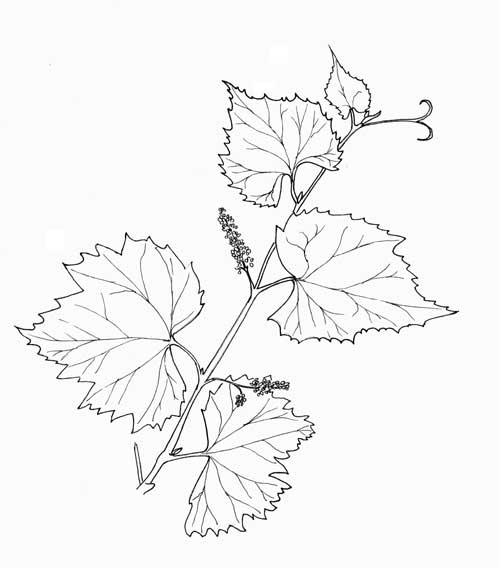
Illustrated from a specimen found in Sabino Canyon, Sta. Catalina Mts., Pima County, Arizona, USA.
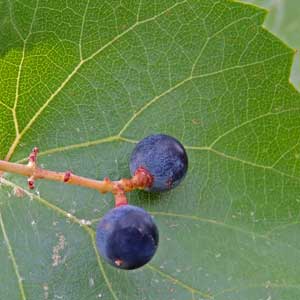
VINE: In deep shady canyons where reliable water flows canyon grape
vines will be found rambling into riparian trees and shrubs. Forked tendrils
help this climber up.
LEAVES: Broadly rounded leaves are shiny when young with distinct teeth. Look for galls on the leaf undersides caused by Phyloxera bugs.
RANGE: Strictly riparian, but fairly common in that setting in canyons
mostly above 800 m elevation.
FRUIT: Small grapes turn blue-black when ripe but remain bitter.
UNARMED.
The grapes, together with the tough seeds inside, are avidly eaten by many kinds of birds. Later, the seeds will be passed in their feces and thereby be dispersed. The leaves are fed upon by a variety of insects including the grape leaf skeletonizer. Piercing-sucking insects such as leafhoppers take sap from growing stems. Follow the thumb links below for more information about each animal:
